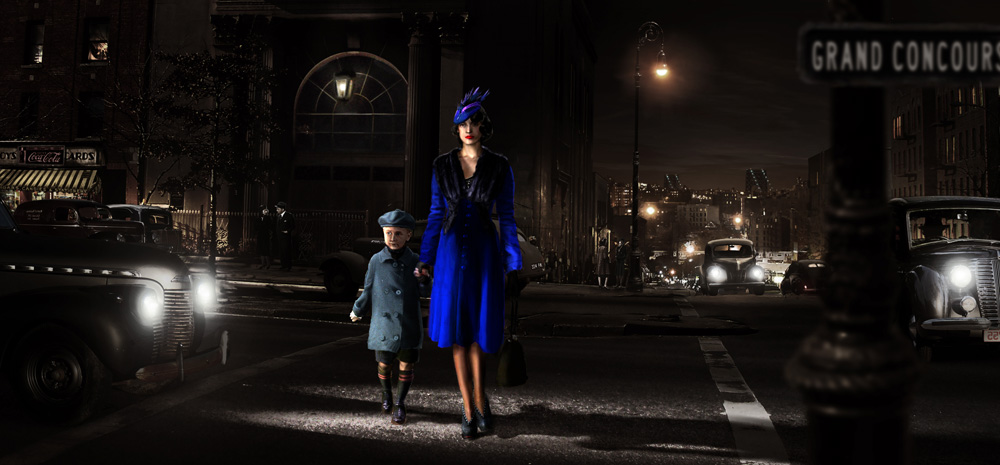



They published their model in 1953 in the periodical Nature, along with separate papers by Franklin and Maurice Wilkins of King’s describing the crystallographic evidence. Watson and Crick, working in the Cavendish lab under Lawrence Bragg, relied on her information, along with several other lines of evidence and theoretical work, and emulated Linus Pauling by building actual physical models of the molecule of life, finally producing the correct model. It is a vivid portrait, in sum, of a gifted young woman drawn against a background of women’s education, Anglo-Jewry and the greatest scientific discovery of the century.Franklin, working in the King’s college lab under John Randall, took the influential X-ray crystallographic photo of the B form of DNA, photo 51. This will be a full and balanced biography, that will examine Franklin’s abruptness and tempestuousness, her loneliness and her relationships, the powerful family from which she sprang and the uniqueness of the work in which she was engaged. She has become a feminist icon, the Sylvia Plath of molecular biology. Like a medieval saint, Franklin looms larger as she recedes in time. This is the extraordinarily powerful story of Rosalind Franklin, told by one of our greatest biographers the single-minded young scientist whose contribution to arguably the most significant discovery of all time went unrecognised, elbowed aside in the rush for glory, and who died too young to recover her claim to some of that reputation, a woman who was not the wife of anybody and who is a myth in the making. Most crucially, using X-ray techniques which may have contributed significantly to her later death from cancer at the tragically young age of 37, she had taken beautiful photographs of the patterns of DNA. She established its existence in two forms, she worked out the position of the phosphorous atoms in its backbone. Not long after, the pair whose names will be forever linked announced to the world that they had discovered the secret of life.īut could Crick and Watson have done it without the ‘dark lady’? In two years at King’s, Franklin had made major contributions to the understanding of DNA. ‘Our dark lady is leaving us next week’ on 7 March 1953 Maurice Wilkins of King’s College, London, wrote to Francis Crick at the Cavendish laboratories in Cambridge to say that as soon as his obstructive female colleague was gone from King’s, he, Crick, and James Watson, a young American working with Crick, could go full speed ahead with solving the structure of the DNA molecule that lies in every gene. The untold story of the woman who helped to make one of humanity’s greatest discoveries – DNA – but who was never given credit for doing so.


 0 kommentar(er)
0 kommentar(er)
